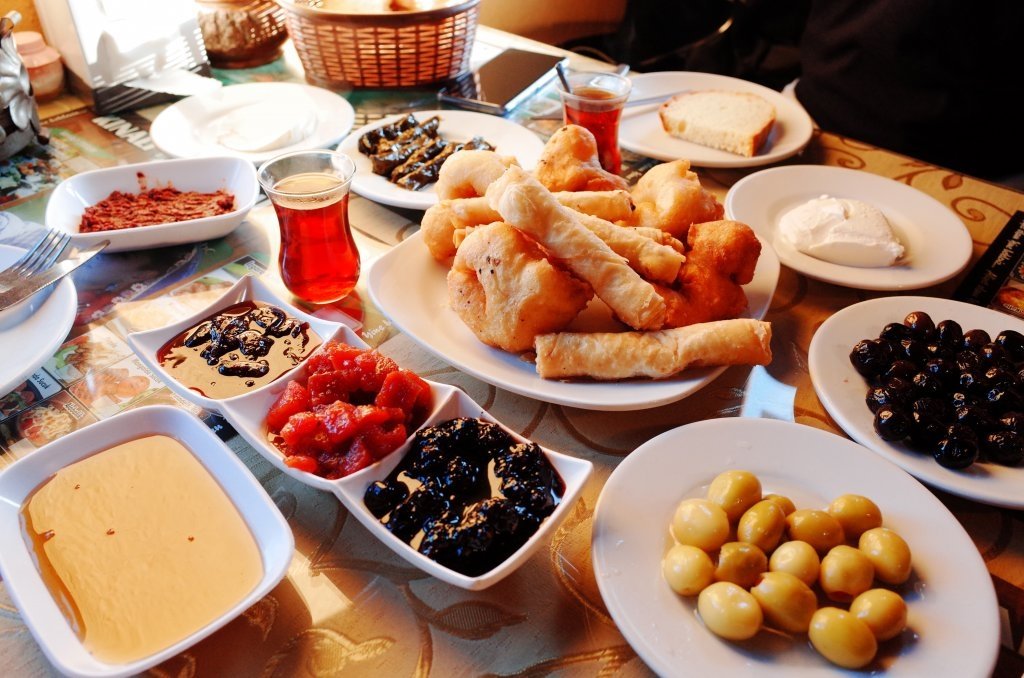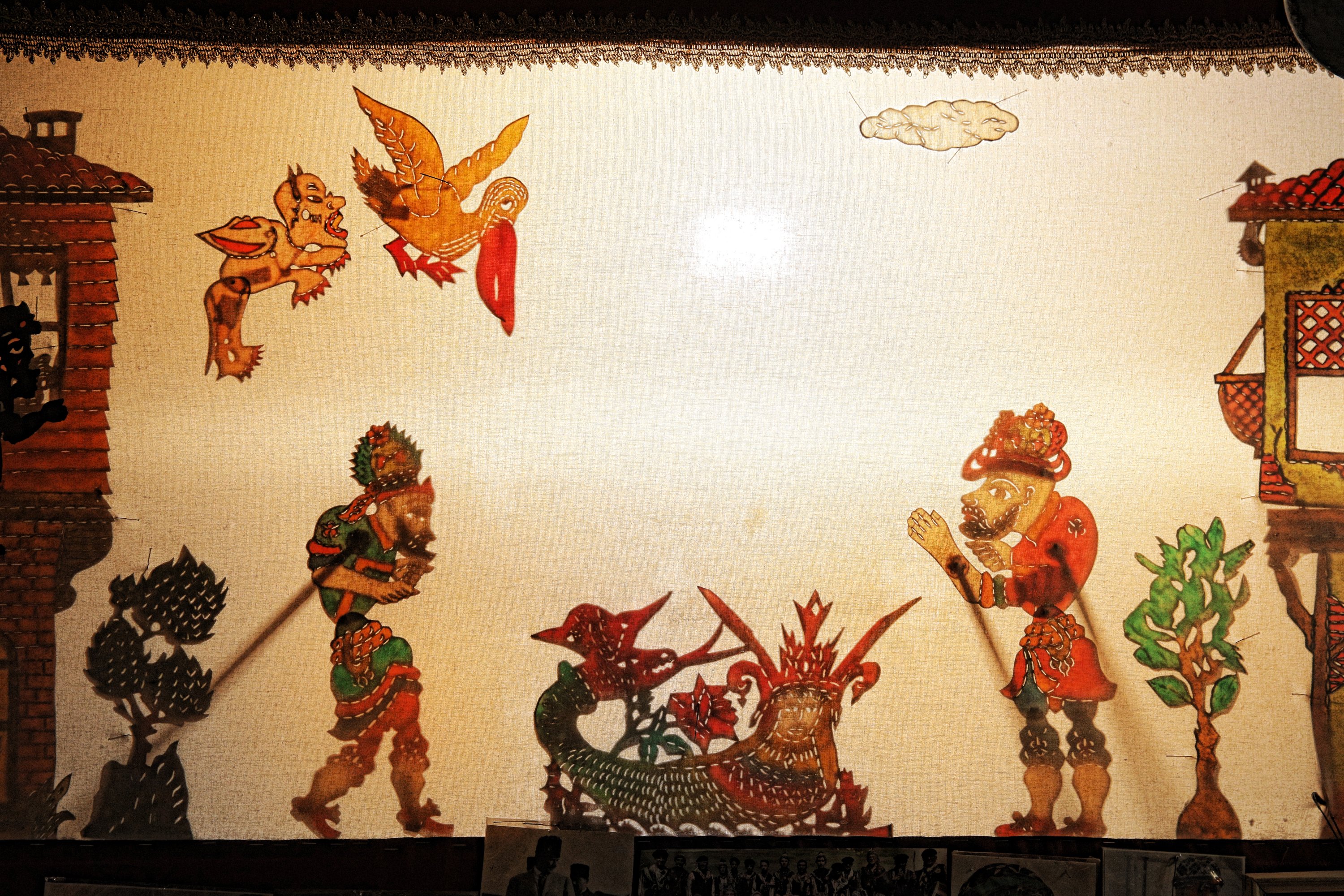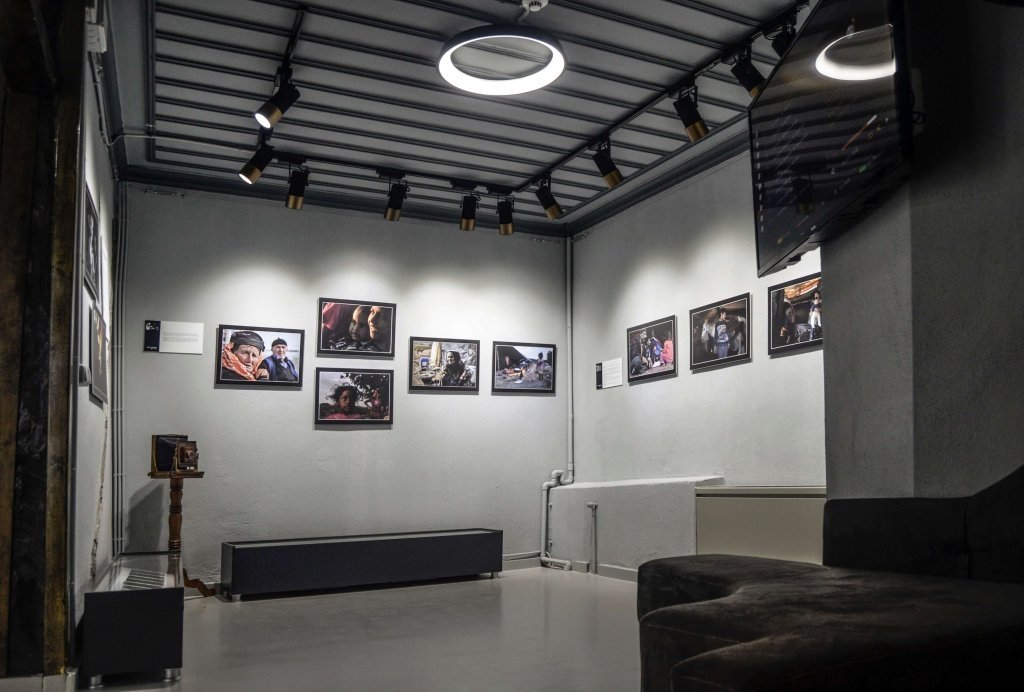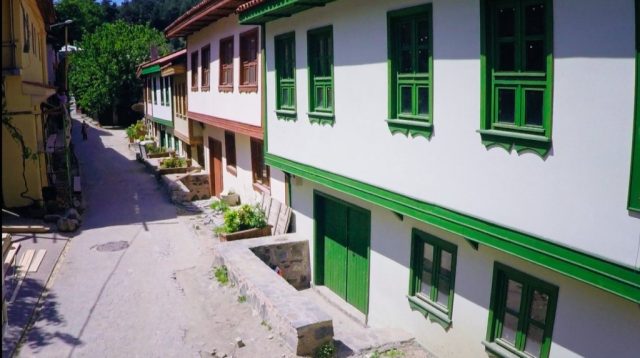Today known as Gümüştepe, Misi was formerly recognized by its historic name and is a picturesque village located approximately 6 kilometers (3 miles) from the Bursa city center, in the Nilüfer district. To truly appreciate Misi, it’s essential to start with its rich history.
Nestled along the banks of the Nilüfer River and surrounded by forests, Misi derives its name from the Mysi, an ancient tribe mentioned by Herodotus. According to historical accounts, the Mysi, or “Misyalılar,” established the village around 1816 B.C. as one of six tribes migrating from Thrace to Anatolia. This tribe is notable for being among the first to travel from west to east in recorded history.
Misi has experienced the influence of various civilizations throughout its history. Notably, in 183 B.C, Christian gatherings were held here, marking Misi as a significant religious center for early Christians. These meetings were crucial for discussing the spread of Christianity and formulating strategies for its expansion. Misi’s importance is further highlighted by the belief that a copy of the Bible was buried in the Misipoli Monastery during that period.
When the Ottoman Empire conquered the region, Misi came under Ottoman rule but continued to be an important settlement due to its strategic location, fertile agricultural lands and historical significance. Today, Misi is a unique blend of Ottoman and Greek cultures, preserving its historical fabric and earning the status of a protected site in 1989.
For those seeking refuge from city life, Misi offers a tranquil escape. Its stone-paved streets and bay-windowed houses create a nostalgic atmosphere reminiscent of an open-air museum. Visitors can enjoy the shade of monumental plane trees, relax by the Nilüfer River and find peace in its lush, green surroundings.
Misi is home to several specific attractions, including:
Misi silk house: Showcasing local silk products.
Misi Women Culture and Solidarity Club: Featuring handcrafted items and local goods, providing insight into village culture.
Misi Ethnography House: Displaying regional costumes, crafts and various cultural artifacts.
Mysia Photography Museum: Featuring historical cameras and photographs, as well as offering photography workshops.
The Literature Museum: Celebrating literary heritage.
Misi Children’s Library: Encouraging reading among local children with a variety of books and educational materials.
Tea Gardens, restaurants: Located by the river, perfect for enjoying local cuisine and relaxing.

Historical streets, mansions
Strolling through Misi’s charming streets and photographing its beautiful Ottoman mansions can make you feel as though you are in an open-air museum. Some of these well-preserved structures operate as hotels, cafes or restaurants, where you can stay, enjoy a drink or savor a meal. The wooden bay windows, spacious courtyards and stone walls of these mansions are sure to leave a lasting impression.
Nilüfer River, watermills
The Nilüfer River, which surrounds Misi, is vital to the village’s life. Its serene flow and the surrounding greenery offer a picturesque and calming setting. The old watermills by the river contribute to the village’s nostalgic charm. A walk along the river allows you to embrace nature and unwind in the serene environment.
Aksu Stream, hiking trails
If you venture slightly outside Misi, the Aksu Stream and its surroundings offer an ideal retreat for nature enthusiasts. The walking trails alongside the stream provide a peaceful experience amid the forest, with the sounds of birds and the fresh forest air enhancing the experience.
Misi women’s culture, solidarity club
A must-visit in Misi is the Women’s Association, where local women display their handmade crafts. This association supports the village economy and provides an opportunity to experience local culture. You can find handcrafted jewelry, knitted goods, regional foods and souvenirs here, all while engaging with the warm-hearted villagers.
Misi Ethnography Museum
Misi houses Bursa’s only ethnography museum, established by local cultural researcher Şinası Çelikkol. This museum showcases traditional clothing, handcrafts and other cultural elements of the Bursa region. If you visit during Ramadan, you might also enjoy traditional Karagöz and Hacivat shadow puppet performances.

Mysia Photography Museum
Despite its small size, Misi boasts a photography museum where you can explore historical cameras and photographs, learn about the history of photography in Türkiye and participate in various photography workshops.

Misi offers a rich blend of history, nature and art. If you find yourself in Bursa, don’t miss the opportunity to explore this enchanting village.





